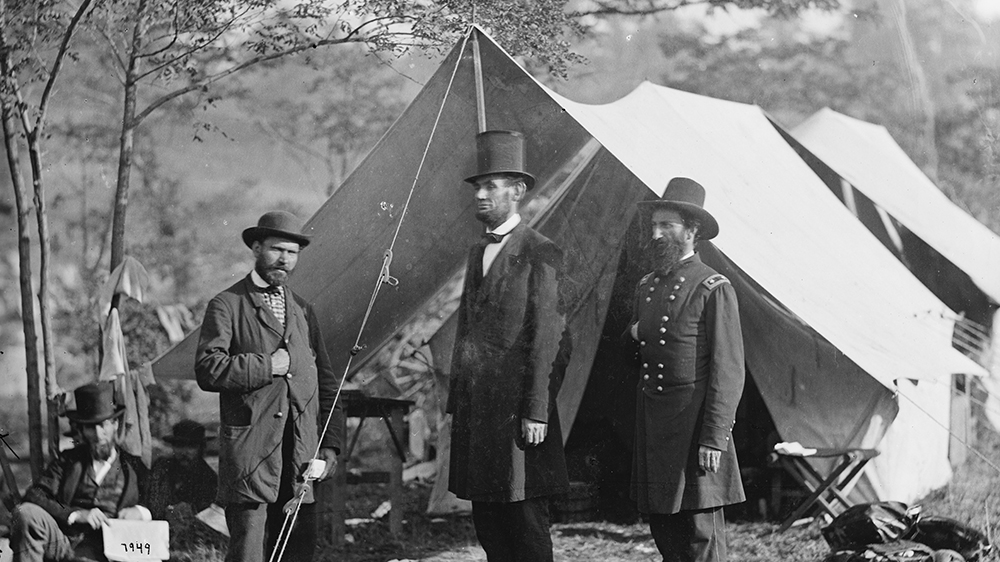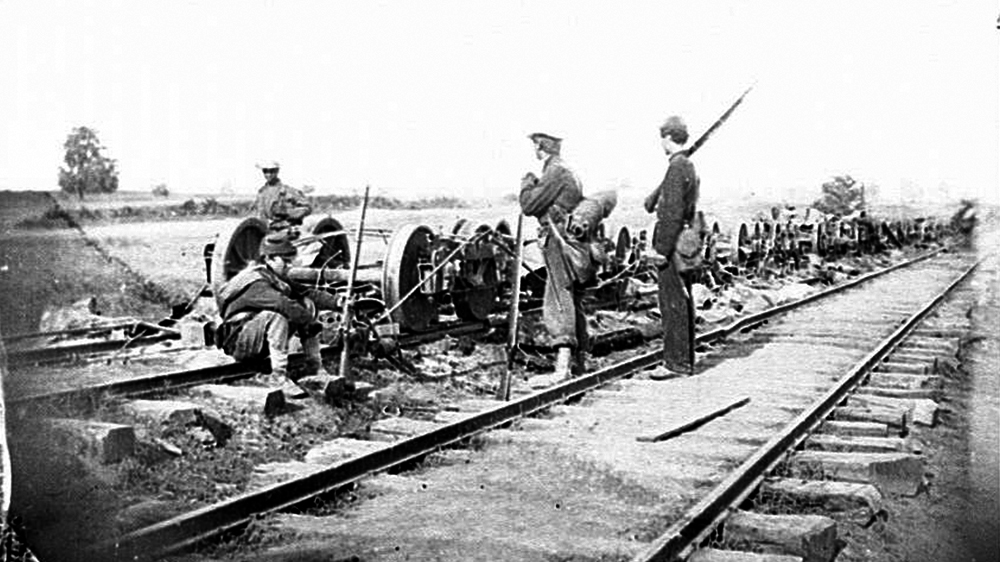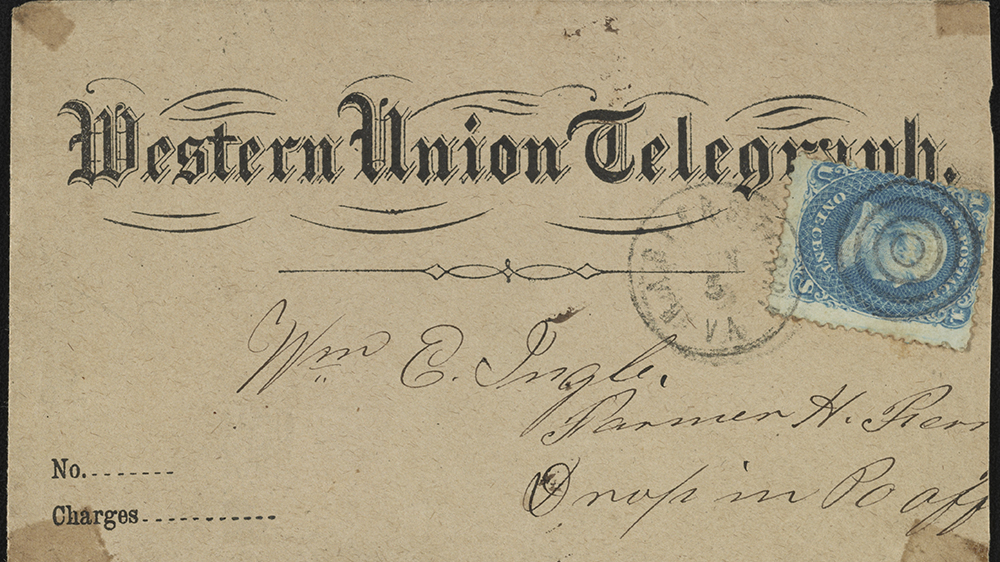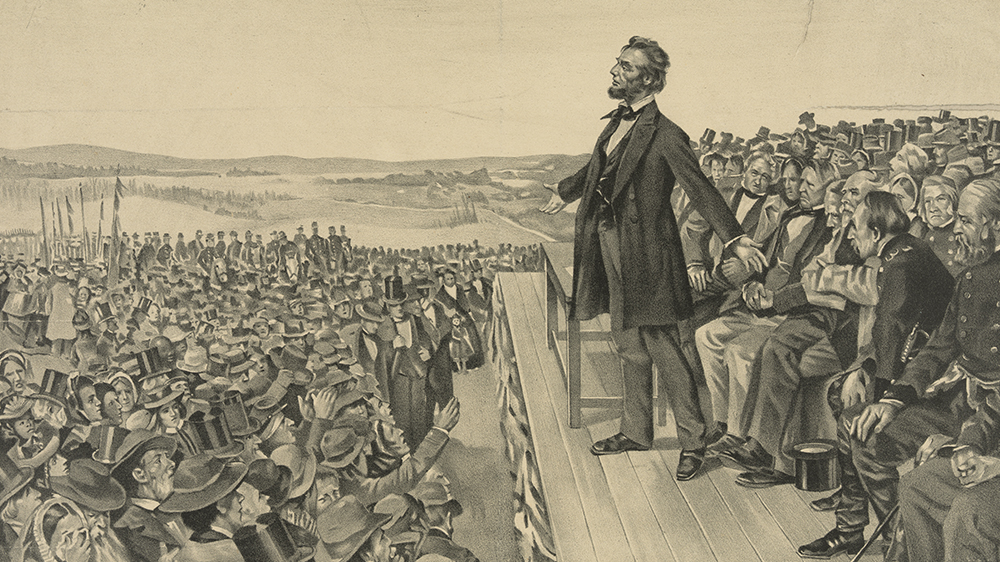Abraham Lincoln's War Machine: 6 Ways the North Won the Civil War
The South may have felt empowered by their grit and determination to protect their way of life, but President Lincoln employed a variety of technological, military, and political resources, making his Union army unstoppable.

The American Civil War was considered the first modern war, post-Industrial Revolution. Although the North and South had newly acquired advanced weaponry—muskets and spinning bullets that reached longer distances, traveled faster, and had deadly accuracy and impact—what they didn't have was a modern military handbook. Soldiers were still abiding by ancient warfare tactics: fighting in open lines in the battlefield. This amalgam of modernity and archaic military strategy proved to be catastrophic in terms of death toll. By the war's end, more than 600,000 soldiers were dead.

Although the South proved its might early in the war, most notably with General Robert E. Lee's success in the Second Battle of Bull Run in 1862, the Confederacy gravely underestimated President Lincoln's own determination, and resources, to achieve victory. Here are six ways President Lincoln won the Civil War.
1. He Used the Railroad as a Powerful Hidden Weapon.
Knowing the North had 24,000 miles of track, while the South only had 4,000 miles laid down, Lincoln struck a deal with the rail owners to allow the government to take over the railroad network. He used the North's large-scale rail access to quickly replenish troops, weaponry, and other supplies to the Union army.

2. He Pushed Industry to Fuel the War Effort.
The North doubled its clothing and weapons production, as well as patents during the war, creating a powerful integrated economy. Lincoln's push for America to grow its industries became a precursor to the manufacturing, technology, and infrastructure advances that would occur during World War I and II.

3. His Use of the Telegraph Changed the Speed of Communication.
The invention of Morse code in 1844 turned the telegraph into America's first tool in mass communication, taking seconds to send and transcribe messages. Before its invention, messengers would take days to deliver a message, traveling hundreds of miles by horseback. But by the time the Civil War began, the telegraph had a 50,000-mile network that allowed for information—and decision-making—to fly at the speed of light.
The telegraph became Lincoln's command-and-control center. It gave him insight into his commanders' war tactics and an opportunity to change their course as he saw fit. The South had no such network.

4. He Issued the Emancipation Proclamation.
On September 1862, Lincoln gave the South an ultimatum: Rejoin the Union or your slaves will be set free. The South rejected his warning. On January 1, 1863, Lincoln enforced his proclamation and abolished slavery in the South. The Union army became a symbol of liberation, inspiring hundreds of thousands of African Americans to enlist in the Union army.


5. He Delivered His Gettysburg Address.
Following the Emancipation Proclamation, Lincoln recited arguably the most famous piece of political rhetoric in American history: the Gettysburg Address. In 1863, he dedicated America's first national cemetery to the soldiers at Gettysburg, conveying the powerful yet simple message that so many men had sacrificed their lives for an ideal, "that all men are created equal." The speech became a spiritual hymn for a moral cause.

6. He Implemented One of His Final Military Weapons: William Tecumseh Sherman.
By 1864 the war was deadlocked. With an election looming and the pressures he faced from those who wanted to negotiate with the South, Lincoln knew he needed to make one final, decisive blow. The man to finish the job was none other than General William Sherman. Lincoln ordered him to stop at nothing to achieve victory, and Sherman did as he was commanded. Marching from Chattanooga to Atlanta, Sherman destroyed the South's railroad lines, cutting off their precious resources and supplies. For his final assault, he torched crops and ravaged villages as his 62,000 Union troops marched through Atlanta to the coast of Savannah. With Sherman's victories, Lincoln secured his re-election in the fall. Within six months of the general's final assault, Robert E. Lee surrendered.

But for Lincoln, his chance to see the fruits of his labor was short-lived. Within a week of Lee’s surrender, the President was assassinated. Still, he had pulled America from the brink of destruction, preserving its unity and shaping it into a country with a modern industrialized economy.
